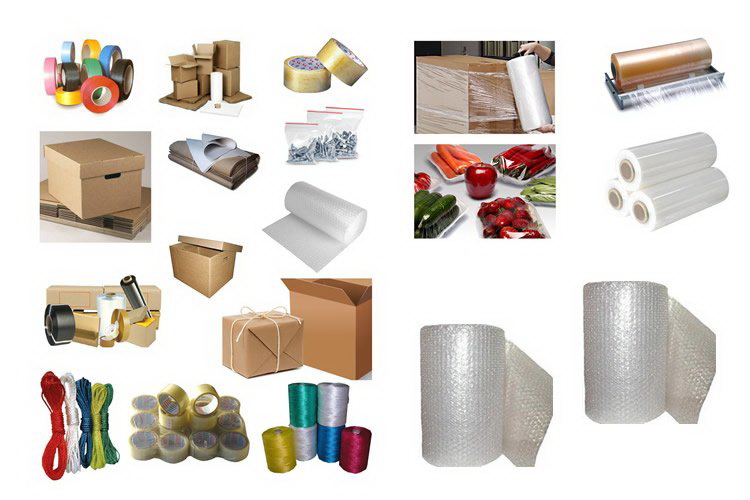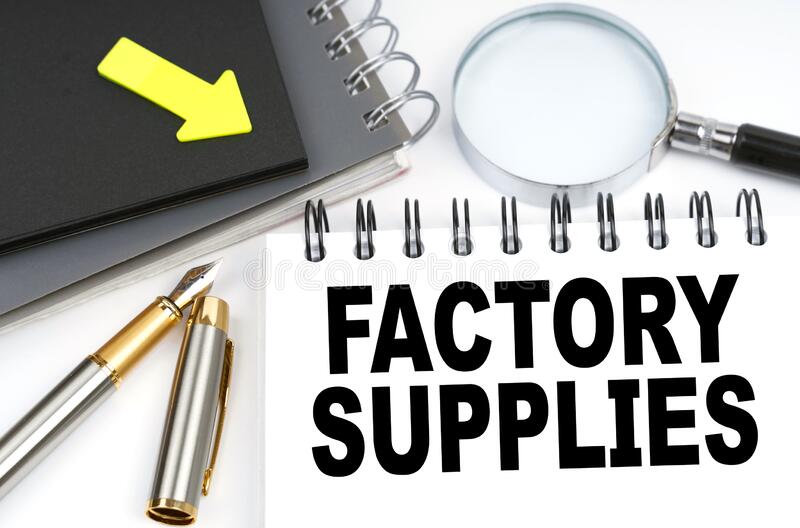Global Forum For Indurstrial Devlopment is SPONSORED BY ICO INDIA
- MP Society Registration (Act. 1973 No. 44) 03/27/01/21857/19 (MSME Forum Established Since-2009)

Factory supplies. These supplies include maintenance materials, janitorial supplies, and items that are considered incidental to the production process. They are usually charged to expense as incurred, in which case the supplies expense account is included within the cost of goods sold category on the income statement

1) Janitorial supplies
2) Machine lubricants
3) Rags
4) Solvents

These supplies include maintenance materials, janitorial supplies, and items that are considered incidental to the production process. They are usually charged to expense as incurred, in which case the supplies expense account is included within the cost of goods sold category on the income statement. Under the accrual basis of accounting, some businesses record unused factory supplies in an asset account, such as Supplies on Hand, and then charge items to expense as they are consumed; this is only cost-effective if a large amount of factory supplies are retained in storage, since someone must manually track the quantities on hand. Factory supplies may also be included in an overhead cost pool and allocated to units produced.
To understand virtual reality, let's draw a parallel with real-world observations. We understand our surroundings through our senses and the perception mechanisms of our body. Senses include taste, touch, smell, sight, and hearing, as well as spatial awareness and balance. The inputs gathered by these senses are processed by our brains to make interpretations of the objective environment around us. Virtual reality attempts to create an illusory environment that can be presented to our senses with artificial information, making our minds believe it is (almost) a reality.

These supplies include such items as paper, toner cartridges, and writing instruments. They are typically of such low cost that they are charged to expense as incurred. Under the accrual basis of accounting, some organizations record unused office supplies in an asset account, such as Supplies on Hand, and charge items to expense as they are consumed; however, the administrative effort required to do so does not usually justify the increased level of accounting accuracy, and so is not recommended.
The Supplies on Hand asset account is classified within current assets, since supplies are expected to be consumed within one year.
When supplies are initially recorded in the supplies expense account, the offsetting credit is usually to the accounts payable account. If the supplies are instead paid for with cash, the offsetting credit is to the cash account.